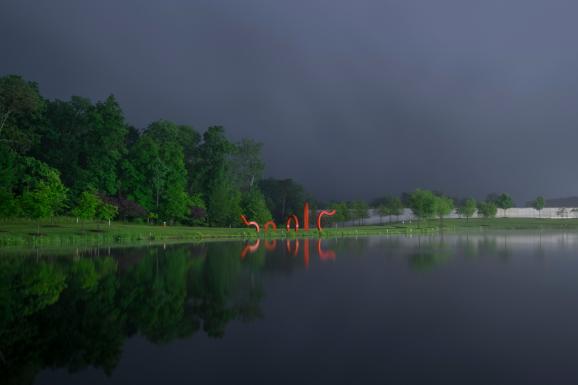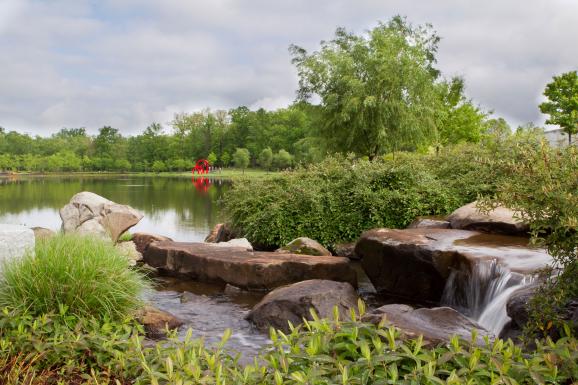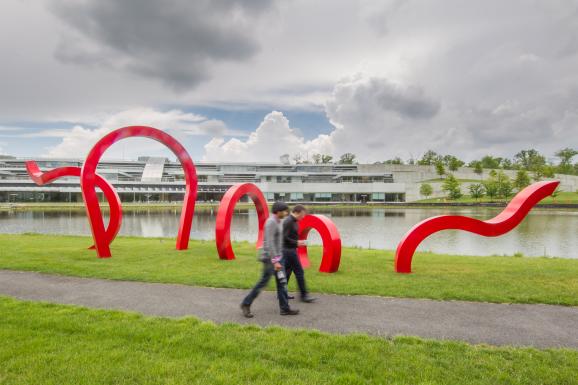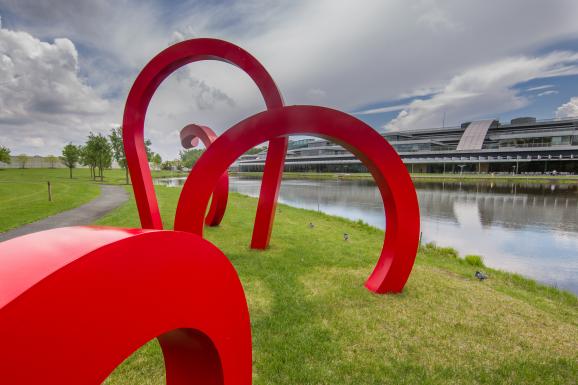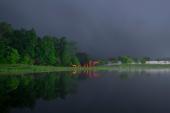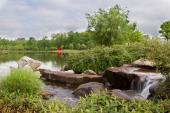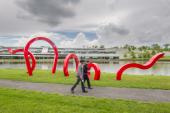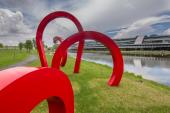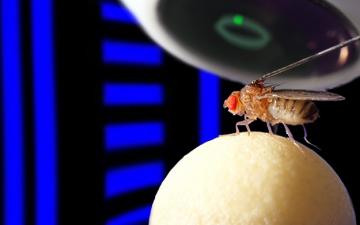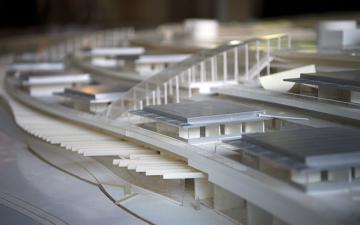Main Menu (Mobile)- Block
- Overview
-
Support Teams
- Overview
- Anatomy and Histology
- Cryo-Electron Microscopy
- Electron Microscopy
- Flow Cytometry
- Gene Targeting and Transgenics
- High Performance Computing
- Immortalized Cell Line Culture
- Integrative Imaging
- Invertebrate Shared Resource
- Janelia Experimental Technology
- Mass Spectrometry
- Media Prep
- Molecular Genomics
- Primary & iPS Cell Culture
- Project Pipeline Support
- Project Technical Resources
- Quantitative Genomics
- Scientific Computing
- Viral Tools
- Vivarium
- Open Science
- You + Janelia
- About Us
Main Menu - Block
- Overview
- Anatomy and Histology
- Cryo-Electron Microscopy
- Electron Microscopy
- Flow Cytometry
- Gene Targeting and Transgenics
- High Performance Computing
- Immortalized Cell Line Culture
- Integrative Imaging
- Invertebrate Shared Resource
- Janelia Experimental Technology
- Mass Spectrometry
- Media Prep
- Molecular Genomics
- Primary & iPS Cell Culture
- Project Pipeline Support
- Project Technical Resources
- Quantitative Genomics
- Scientific Computing
- Viral Tools
- Vivarium
The Janelia Archives
Artifact Name: Red Nessie Building / Architecture
Building / Architecture
Beyond Janelia’s glass walls, a campus icon sits lakeside, stretching some 45 feet along the water. Named “Red Nessie” by its creator for its Loch Ness-monster likeness and cardinal-red hue, the five-piece figure forms an illusion: one seamless creature, woven into the earth.
Commissioned from artist Delos Van Earl in 2007, the 13-foot tall sculpture aligns with the northeast side of Janelia’s main building and often serves as a destination for Janelians and visitors as they stroll around campus. Red Nessie’s underbelly, seemingly embedded in the ground, invites onlookers to imagine and contemplate the unseen. The threaded, ribbon-like design suggests the idea that we see only what’s on the surface, and what we cannot see, we must imagine. This juxtaposition – one part visible, the other imaginary – is meant to increase the figure’s intrigue, according to Van Earl.
Although “Red Nessie” consists of five separate pieces, it paints the illusion of a single figure that weaves in and out of the earth.
Although “Red Nessie” consists of five separate pieces, it paints the illusion of a single figure that weaves in and out of the earth.
Although “Red Nessie” consists of five separate pieces, it paints the illusion of a single figure that weaves in and out of the earth.
Although “Red Nessie” consists of five separate pieces, it paints the illusion of a single figure that weaves in and out of the earth.


